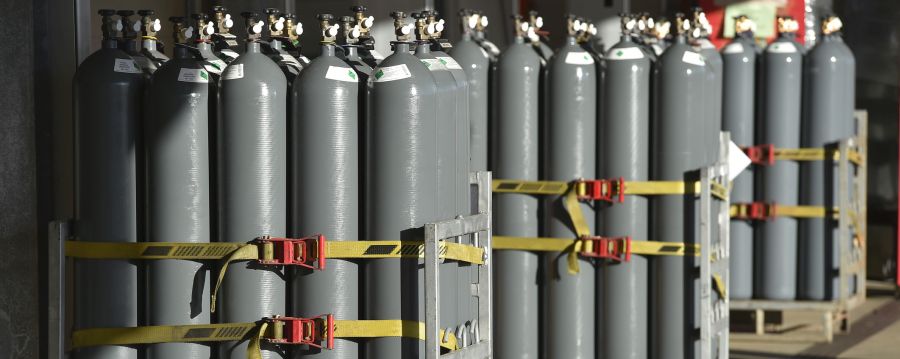
OSHA Reminds Employers of Carbon Monoxide Dangers

Recently, a worker in a New England warehouse was found unconscious and seizing, suffering from carbon monoxide poisoning. Several other workers at the site also became ill. Warehouse windows and doors were closed to conserve heat, there was no exhaust ventilation and very high levels of carbon monoxide were measured at the site. Symptoms of carbon monoxide exposure can include everything from headaches, dizziness and drowsiness to nausea, vomiting or tightness across the chest. Severe carbon monoxide poisoning can cause neurological damage, coma and death.
Sources of carbon monoxide can include anything that uses combustion to operate, such as gas generators, power tools, compressors, pumps, welding equipment, space heaters and furnaces.
Every year, workers die from carbon monoxide poisoning, usually while using fuel-burning equipment and tools in buildings or semi-enclosed spaces without adequate ventilation. This can be especially true during the winter months when employees use this type of equipment in indoor spaces that have been sealed tightly to block out cold temperatures and wind.
To reduce the risk of carbon monoxide poisoning:
– Install an effective ventilation system
– Avoid use of fuel-burning equipment in enclosed or partially-enclosed spaces
– Use carbon monoxide detectors in areas where the hazard is a concern
– Take other precautions outlined in OSHA’s Carbon Monoxide Fact Sheet
– See OSHA’s Carbon Monoxide fact sheet for more information (pdf).
– Browse safety signs at ComplianceSigns.com.
OSHA CAUTION Carbon Monoxide May Be Present Bilingual Sign
Carbon monoxide is a horribly dangerous gas that can lead to poisoning, and unfortunately, it comes out of many things we use everyday. Things such as cars, space heaters, furnaces, gas-powered tools, and anything else that uses combustion to operate may put out Carbon Monoxide. Maintaining proper ventilation wherever these items are in use can keep people safe.

